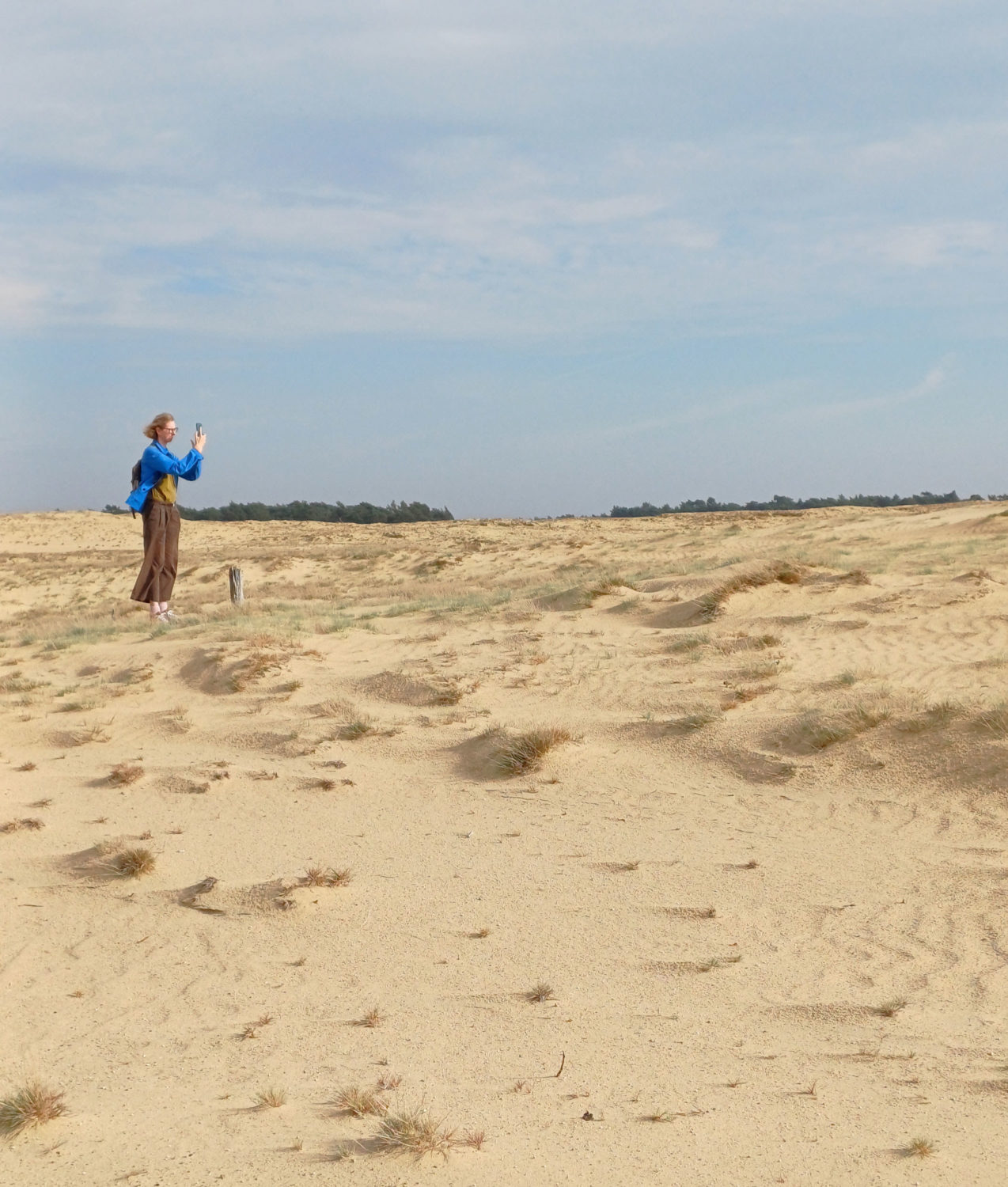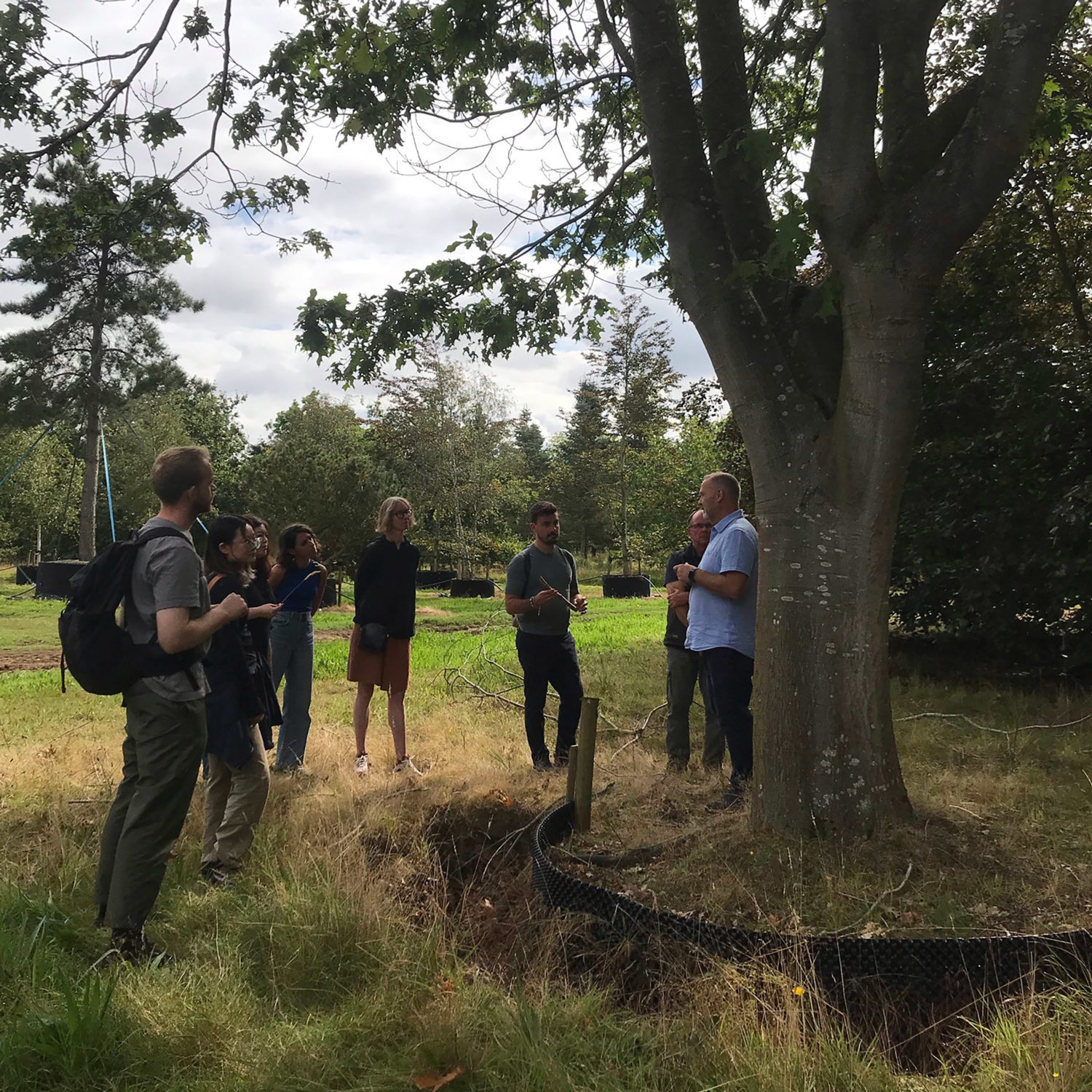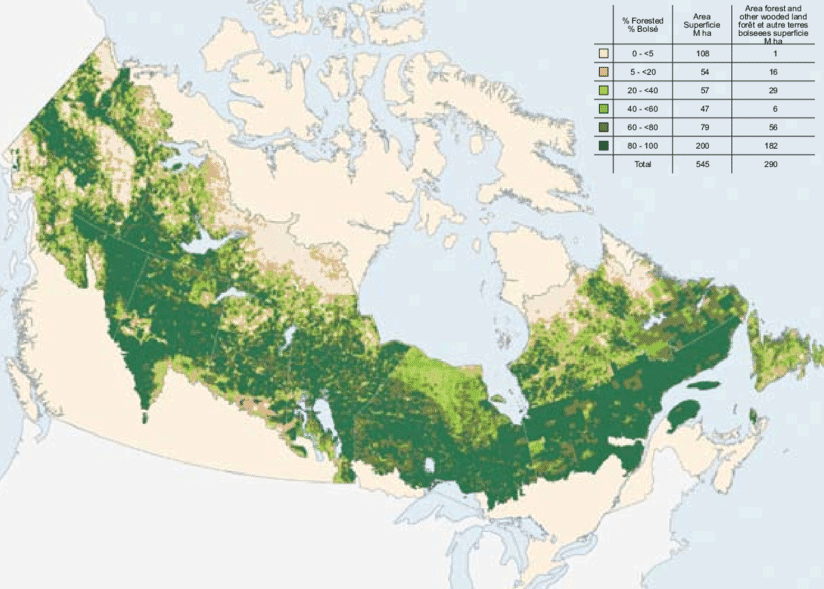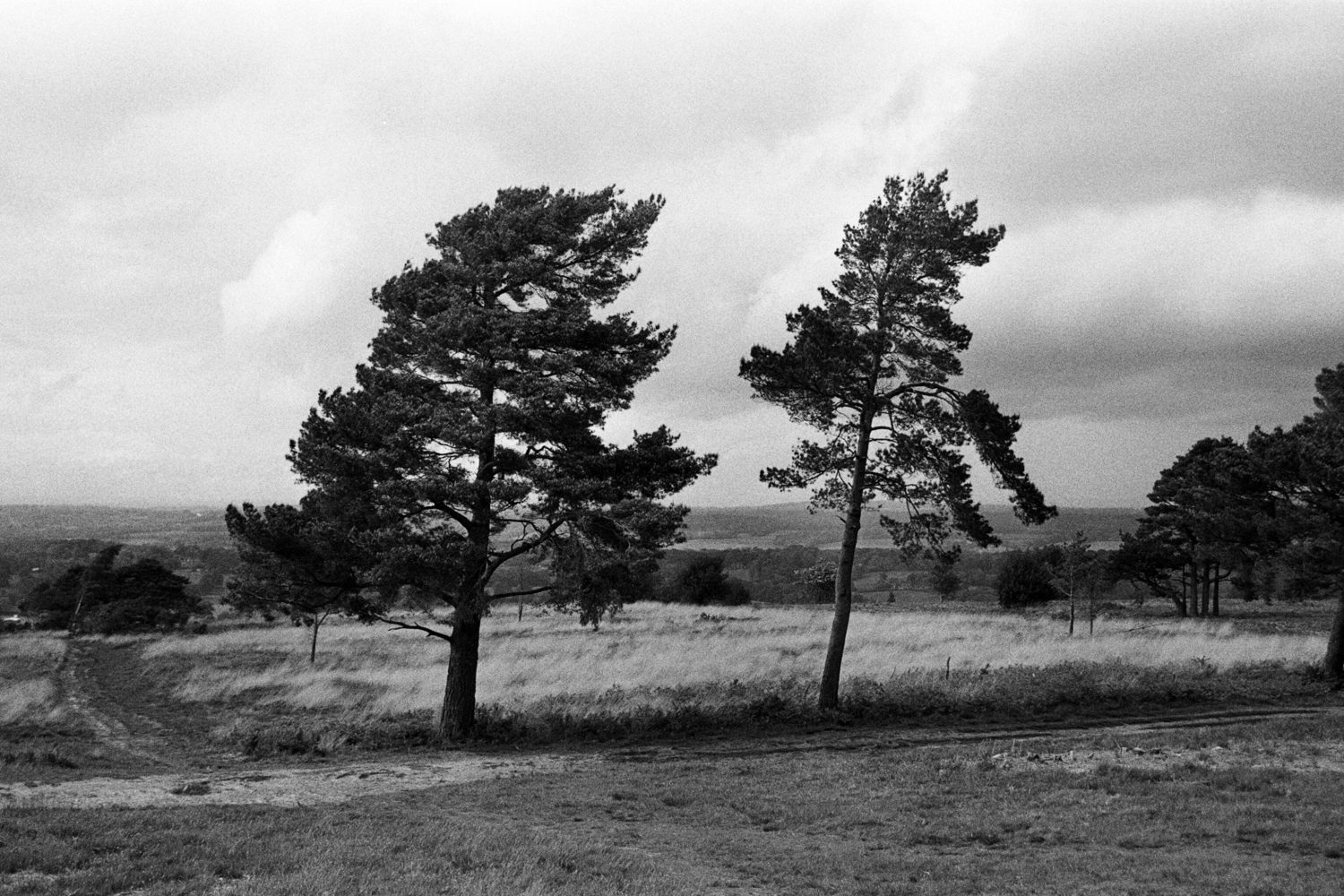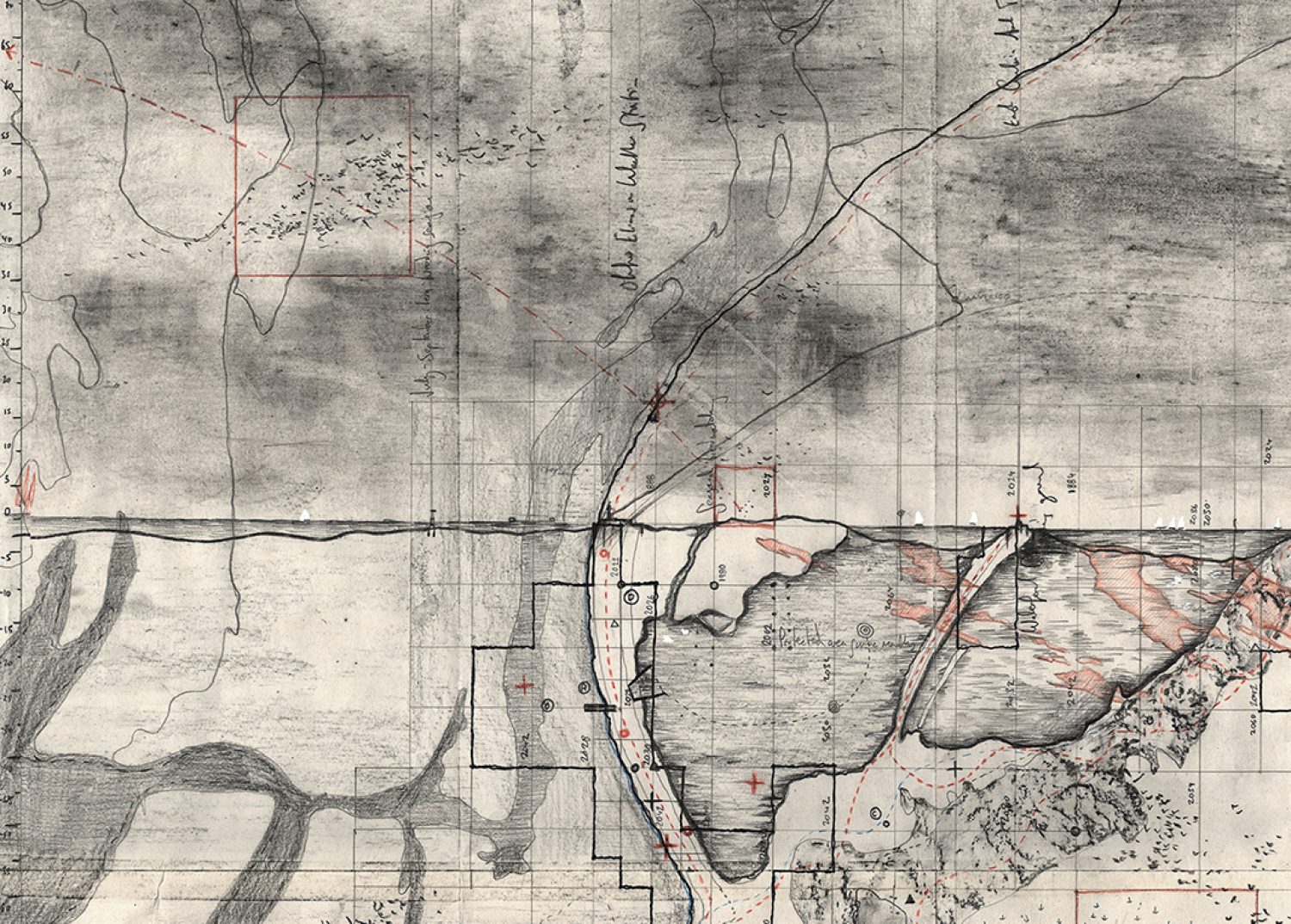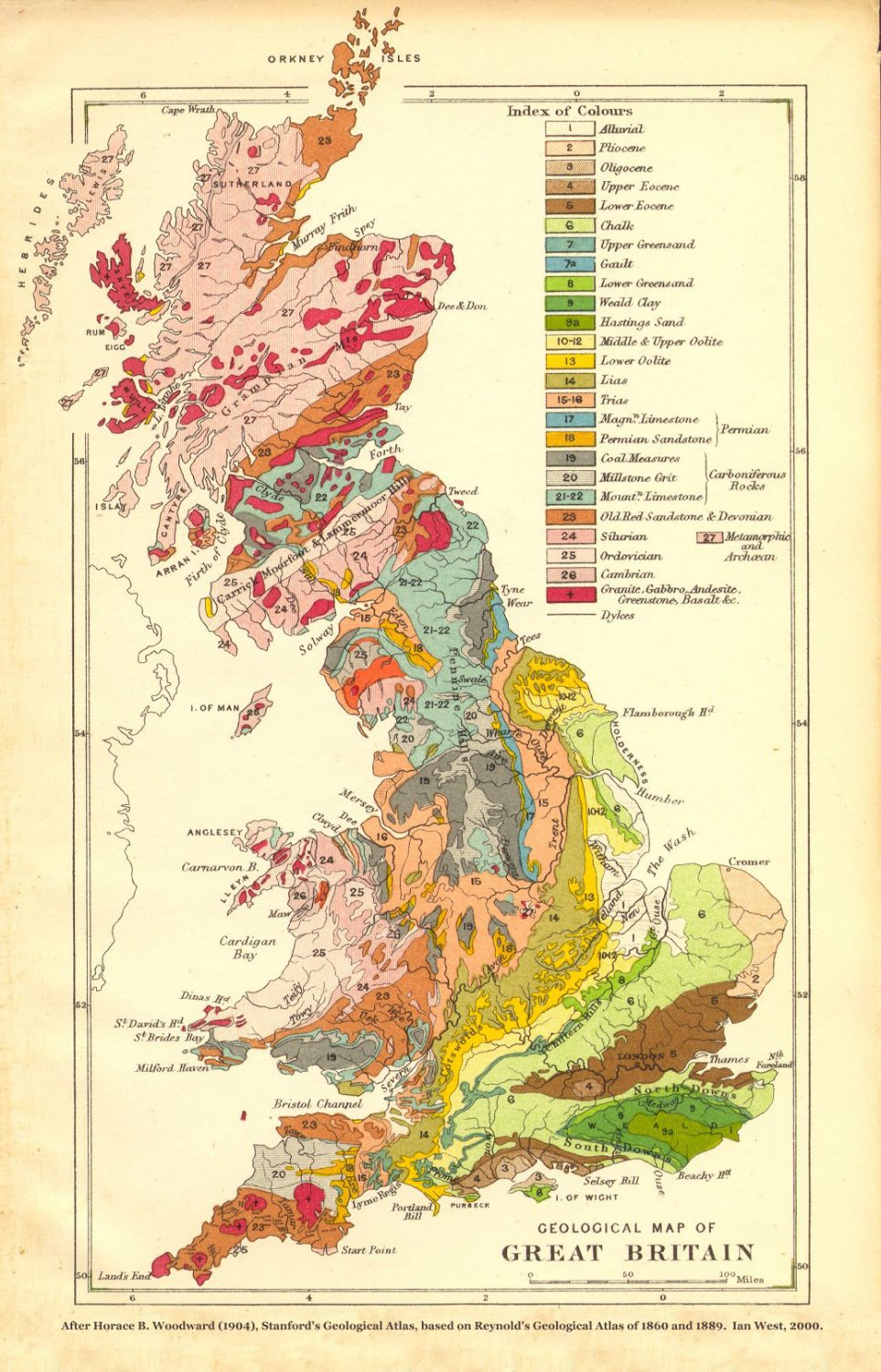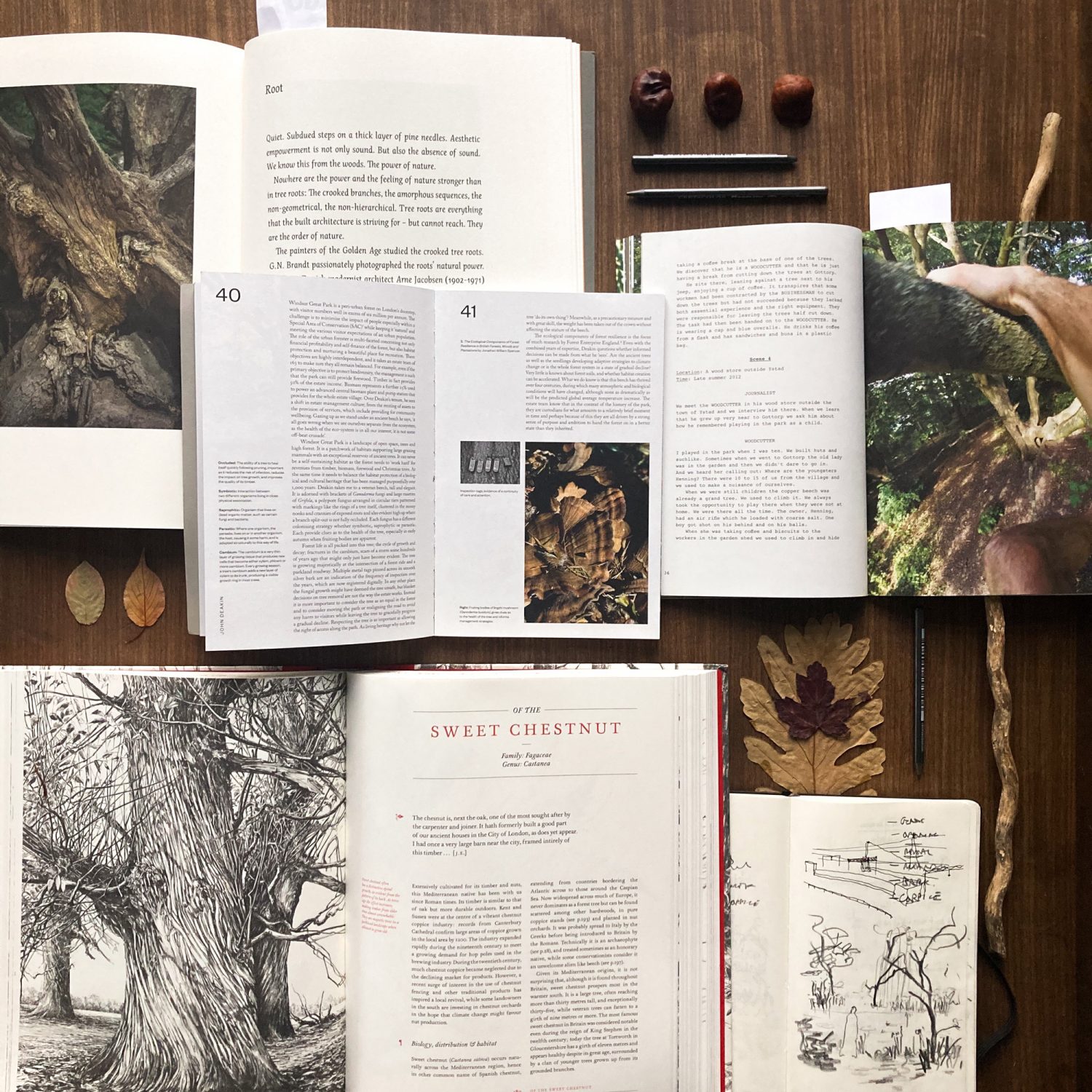Autumnal Mushroom Walk
On the 4th of November, a sunny Friday afternoon, we gave our eyes a much needed break from our screens and ventured out to a hidden wood just south of London.
Guided by the wonderful and knowledgeable Izzy from ‘Rights for Weeds’ we discovered many fantastic fruiting bodies of the endless mycelial network beneath our feet. We learnt how to identify mushrooms, the lore and mythology surrounding them, as well as their uses and interactions with other woodland species.
Here for a good time, not a long time, these diverse and delicious life forms remind us to reconnect with all of our senses and a childlike sense of curiosity.
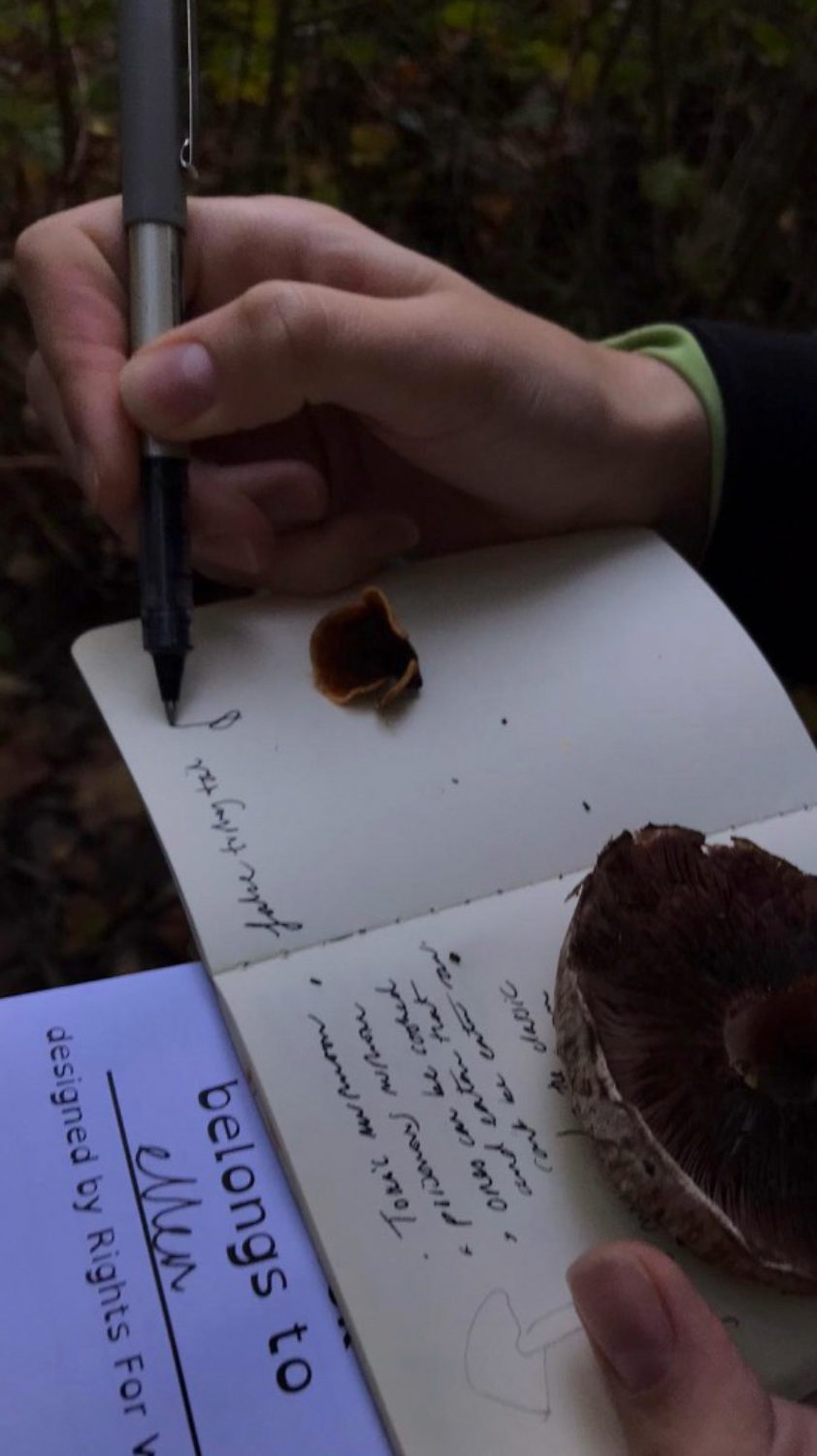
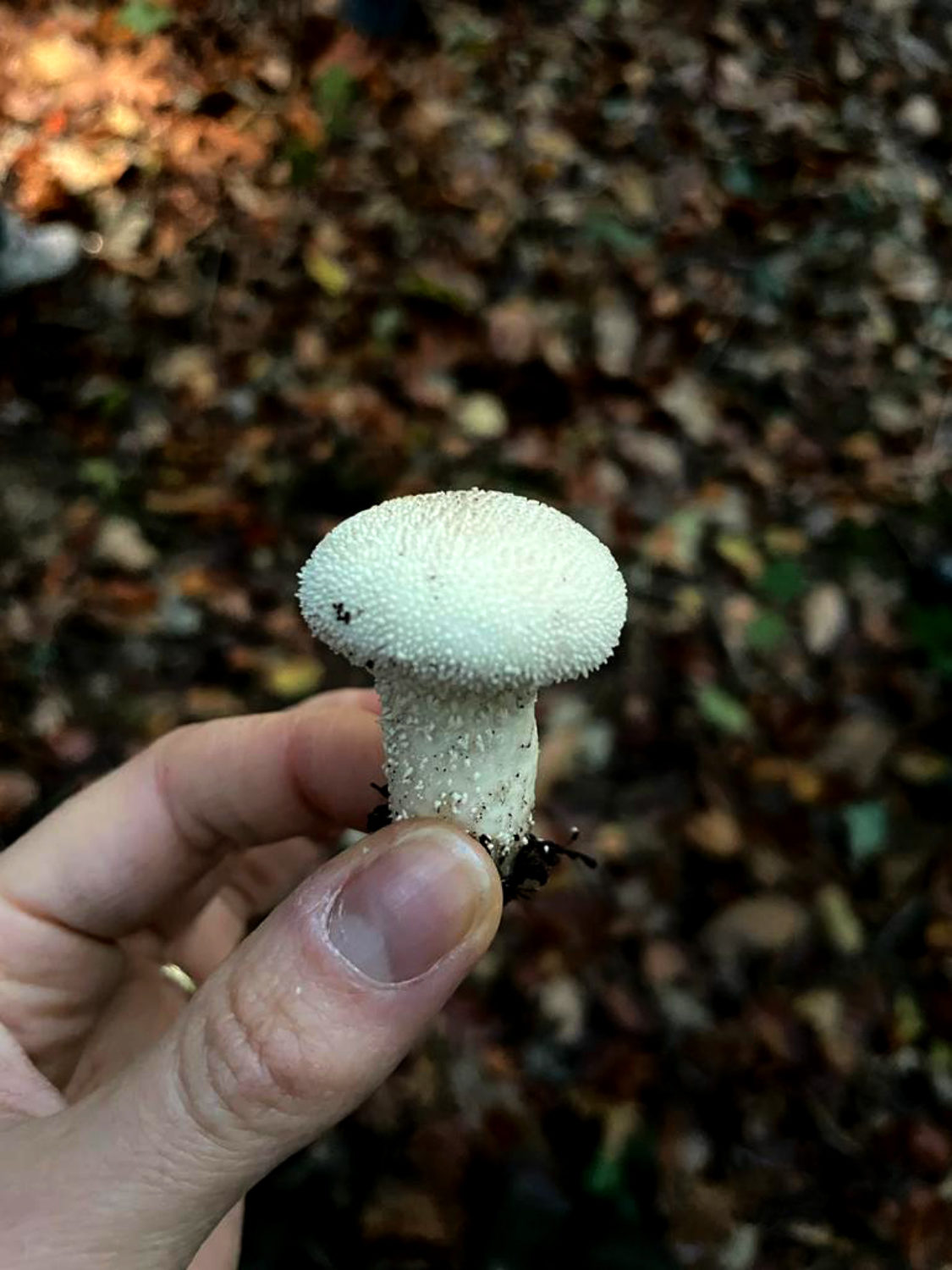
01 Lycoperdon perlatum aka; Common Puffball aka; Fart of the Wolf
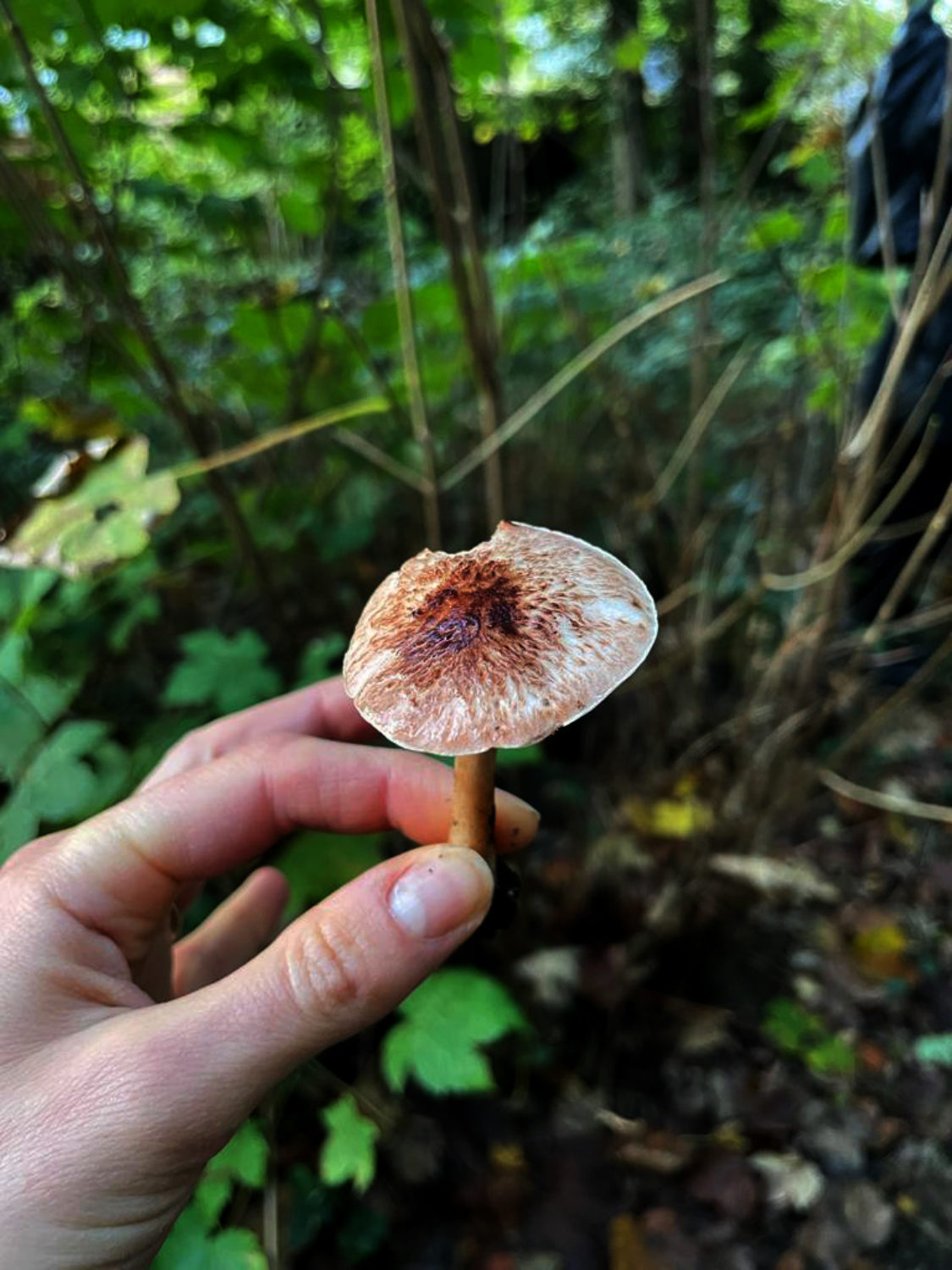
02 Collybia butyracea aka; Buttercap (for its greasy cap)
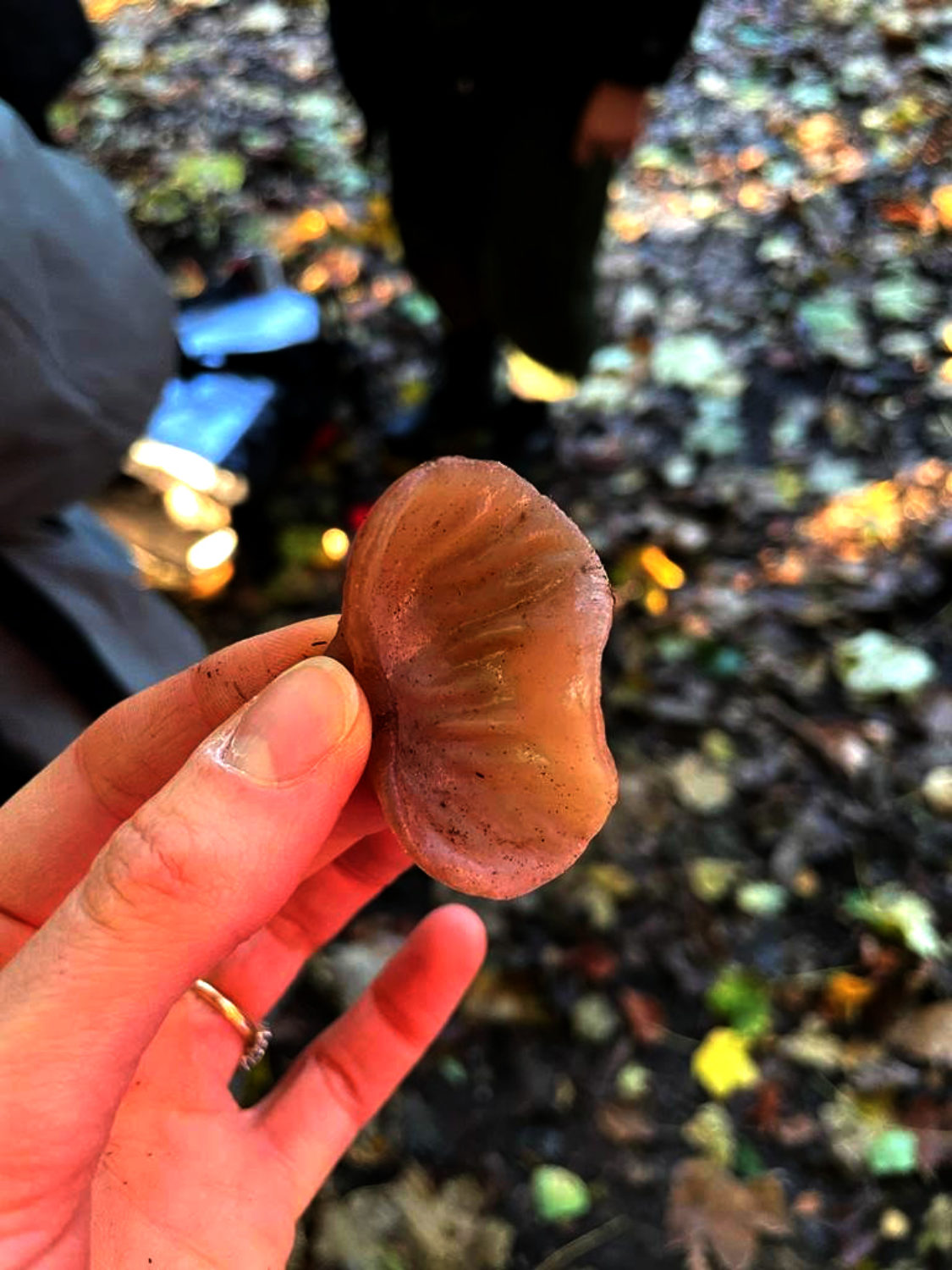
03 Auricularia auricula-judae aka; Jelly-ears (delicious with soy sauce)
Conditions of Growth
Discovering the growth of these tiny fruiting bodies is driven by the environment we look in. If we wanted to find a specific mycelial growth we would first need to identify the optimal conditions for their growth.
Considering the Reishi mushroom; it, alongside most fungal species, thrive in slightly acidic environments with temperatures ideally between 25-30℃. Mushrooms need high relative humidity levels, ideally between 80-90%, with sufficient air flow (frequent Air Exchange) - as carbon dioxide can stunt growth or induce death.
Another important condition for fruiting bodies of mycelium to grow is the Carbon/Nitrogen ratio, optimally for Reishi would be 70-80/1, and the bioavailability of mineral ions (Small amount of Calcium (Ca2+), Cobalt (Co2+), Iron (Fe2+), Potassium(K+) and Manganese (Mn2+) in mineral sources are favourable to the mycelial growth).
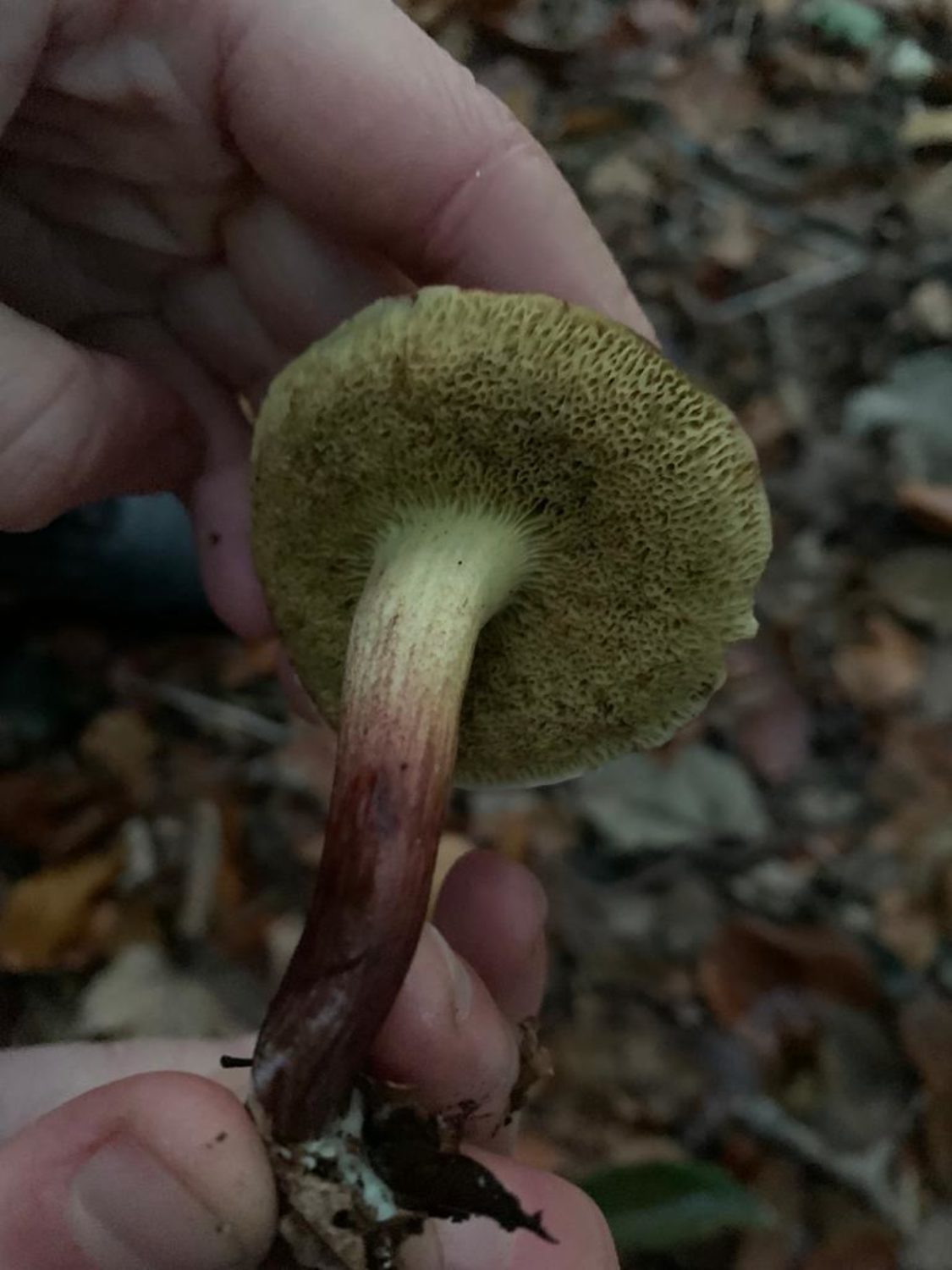
04 Xerocomellus chrysenteron; Red Cracking Bolete
